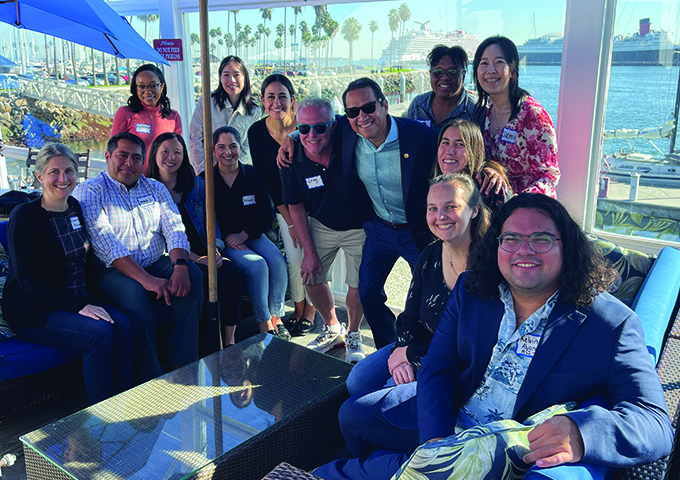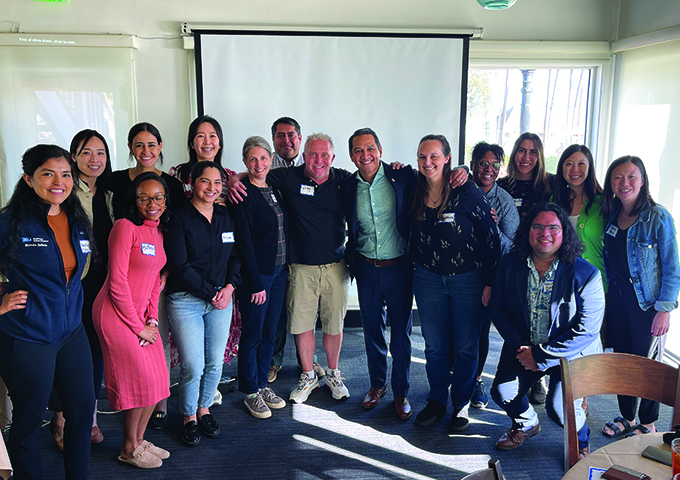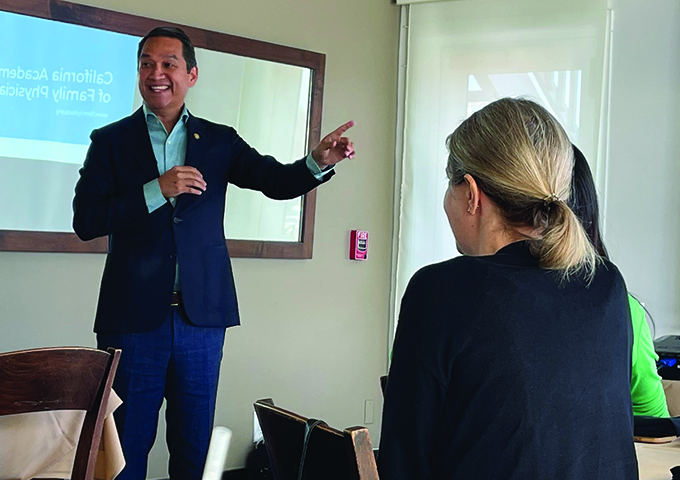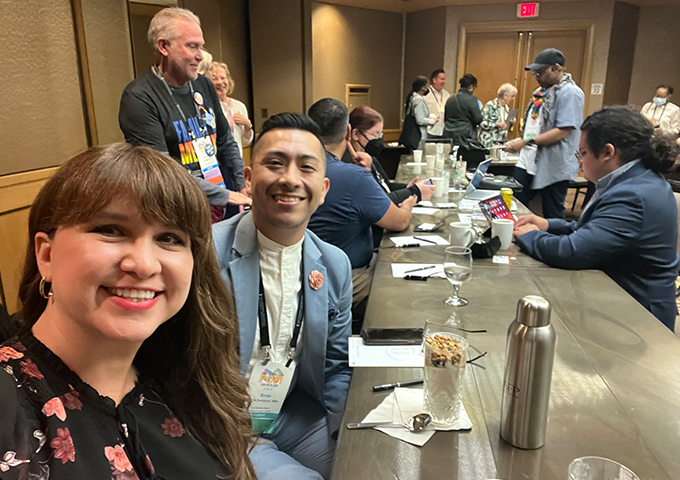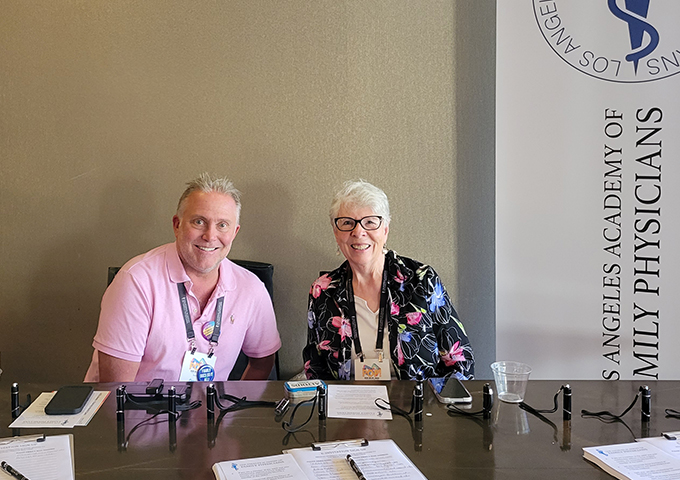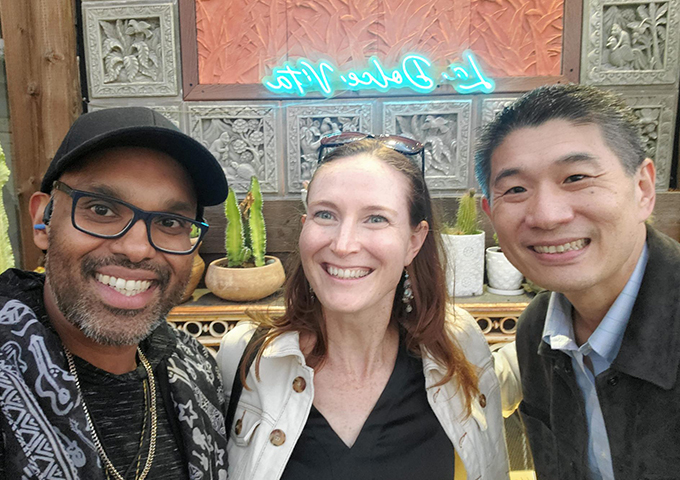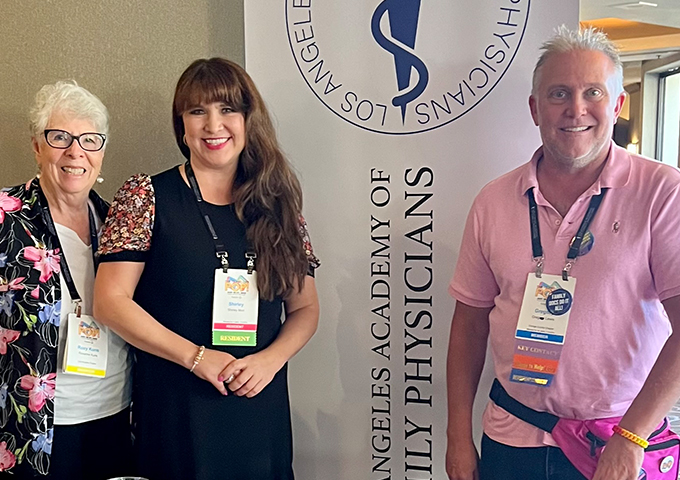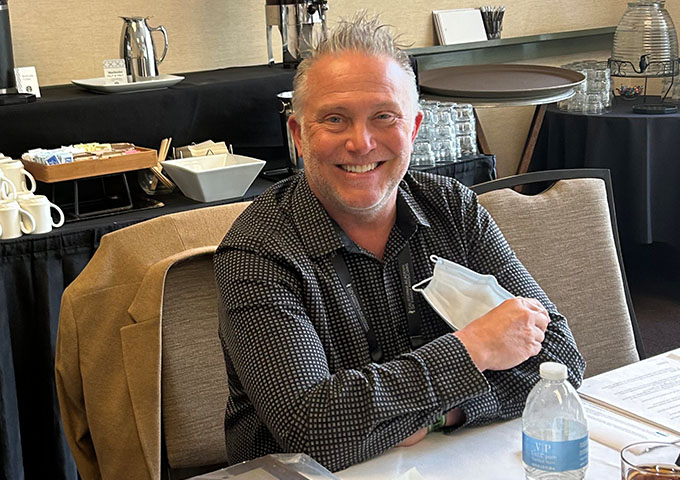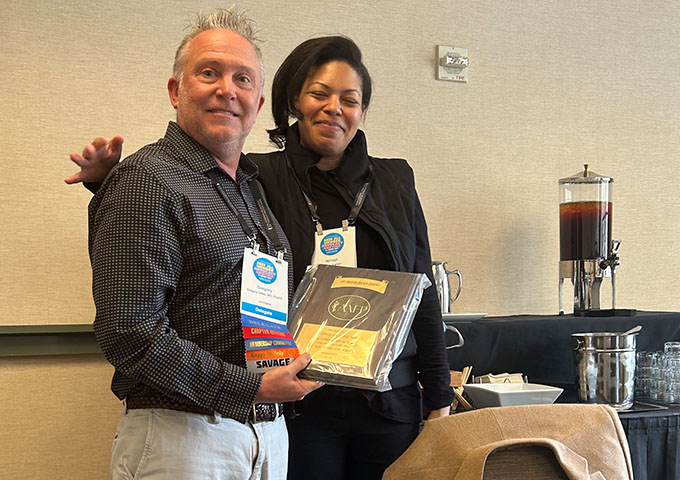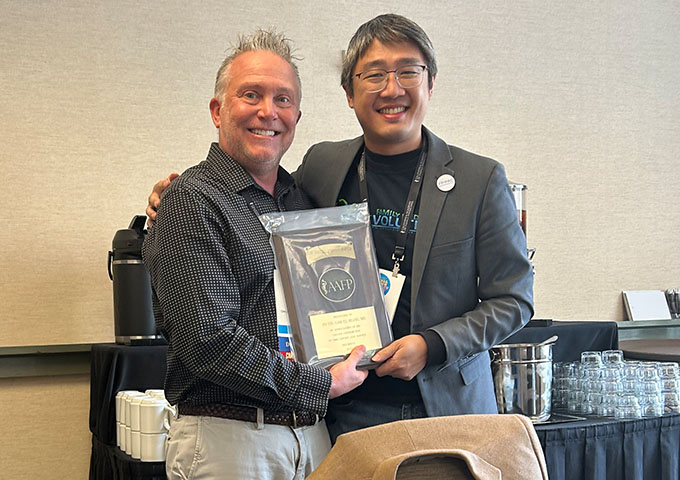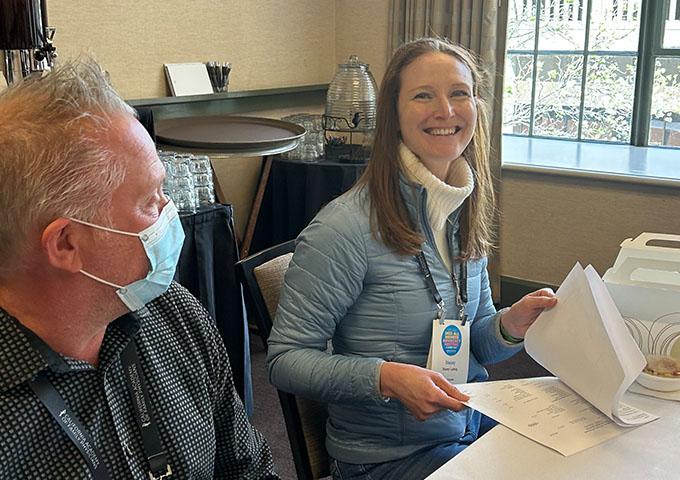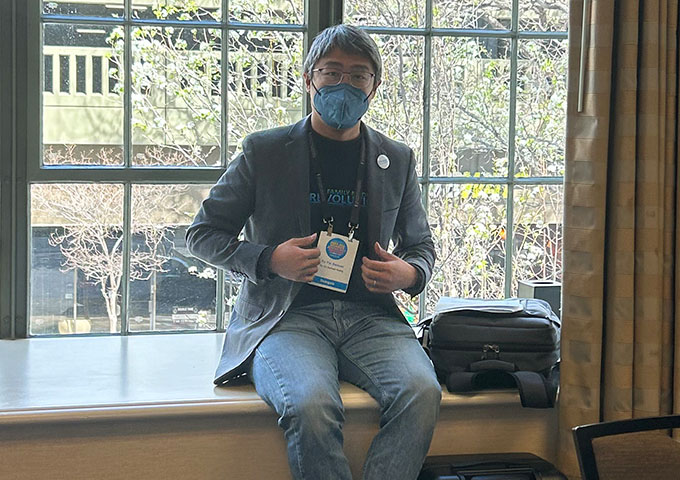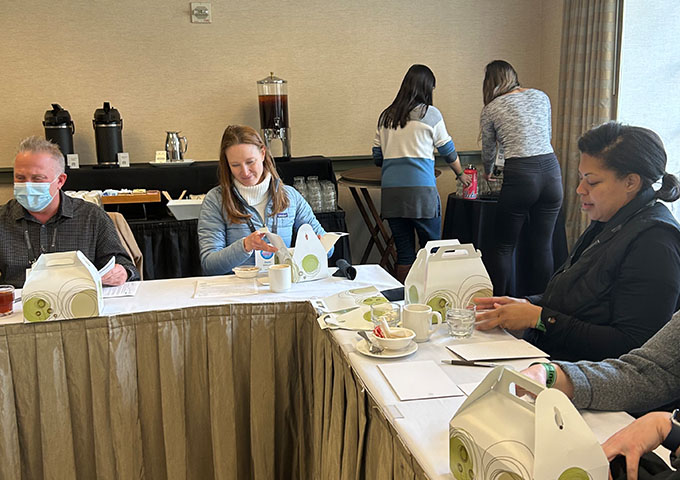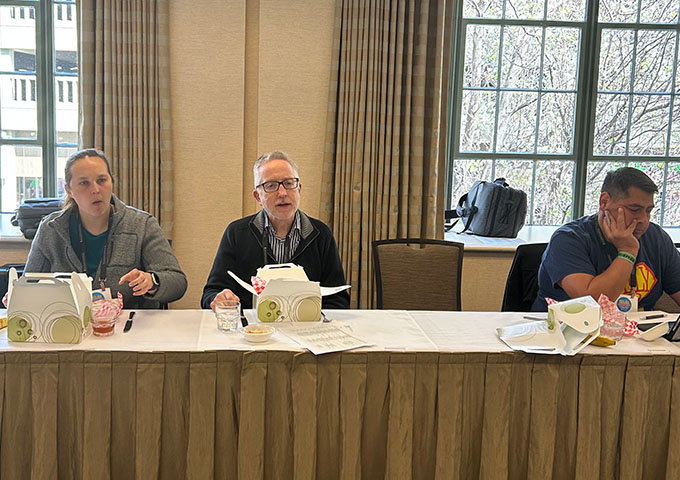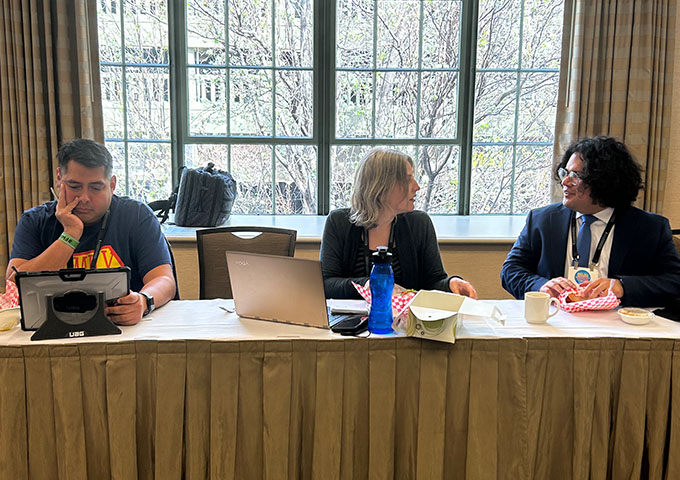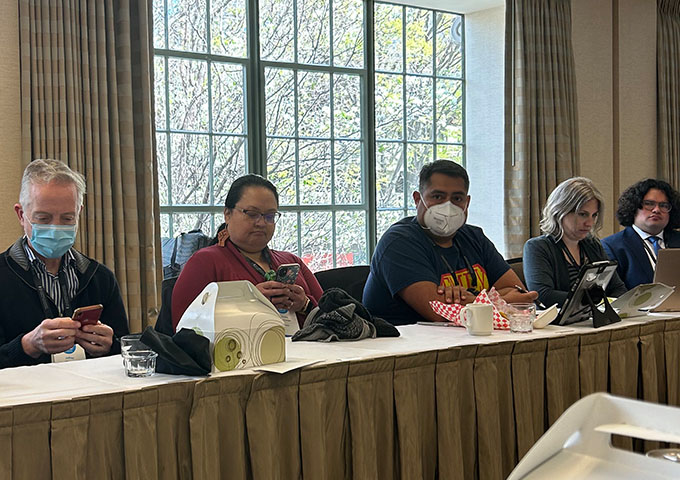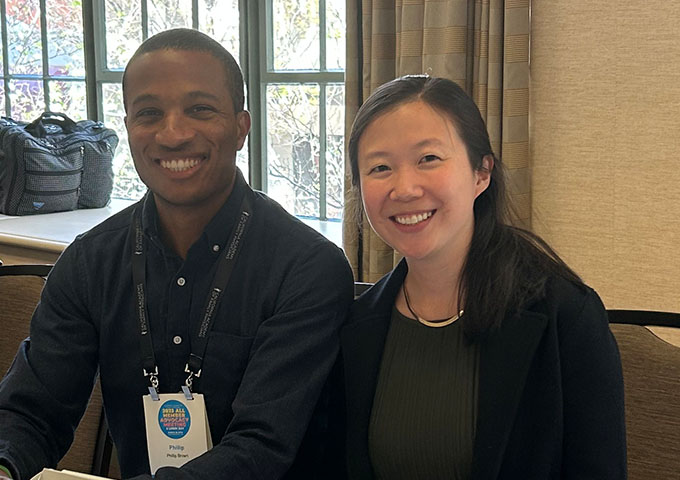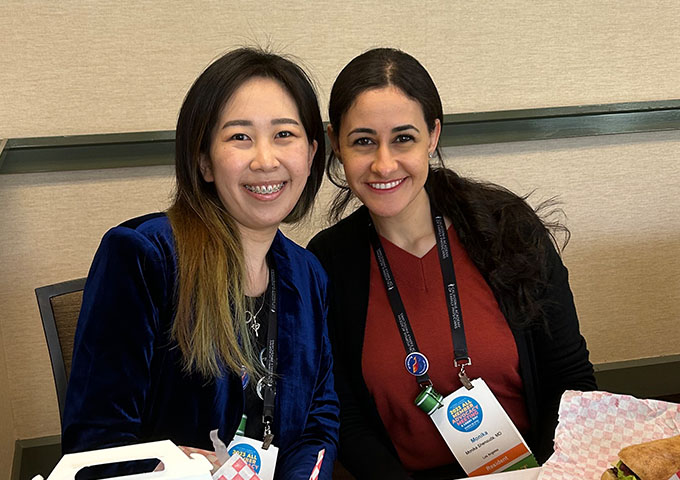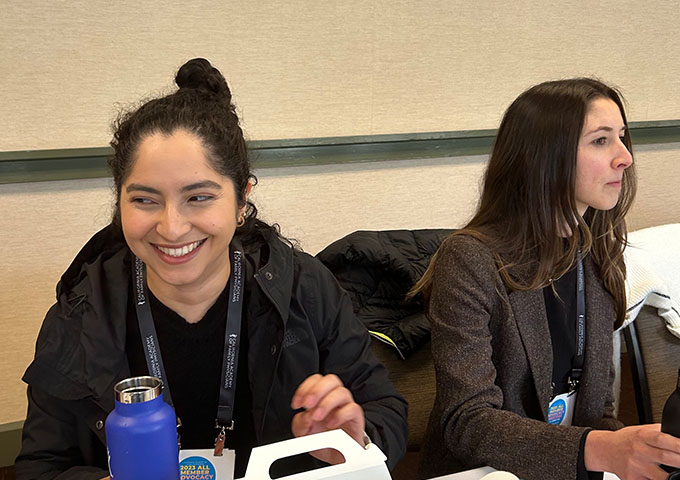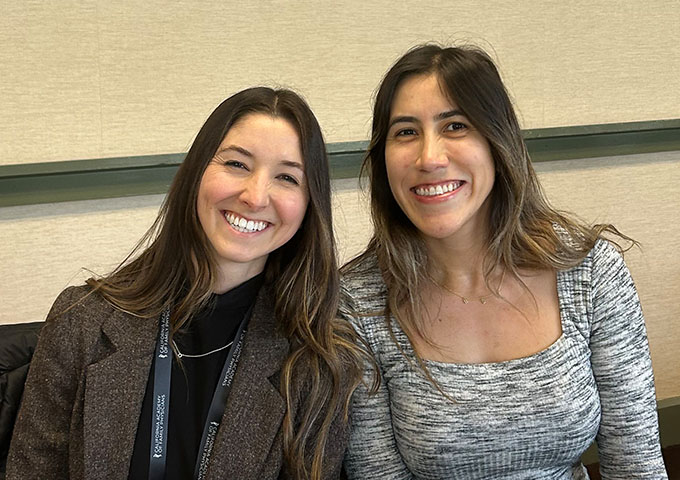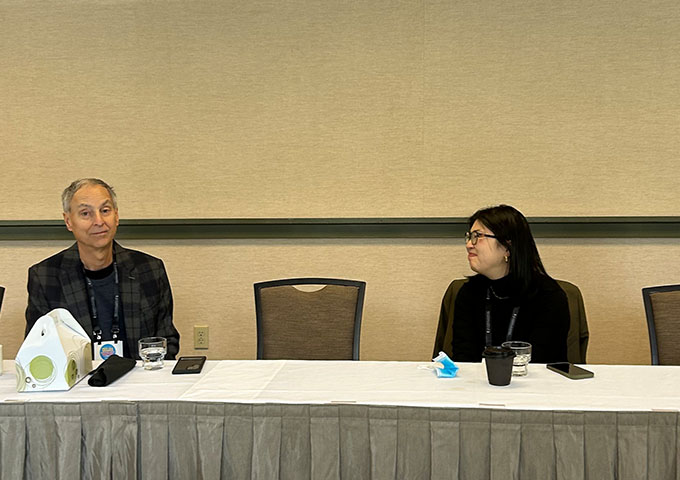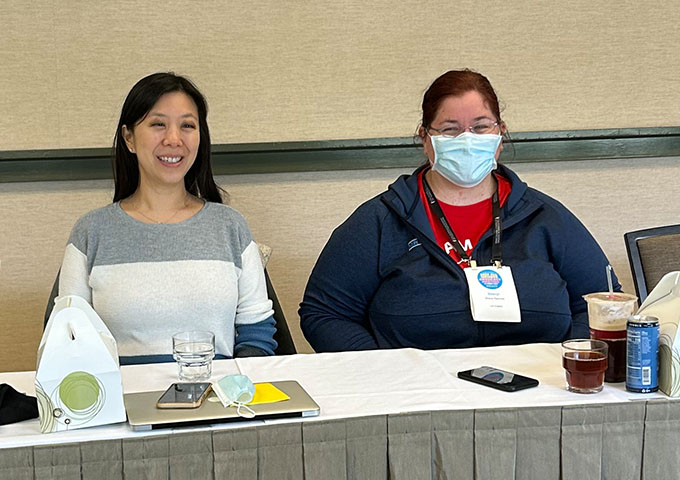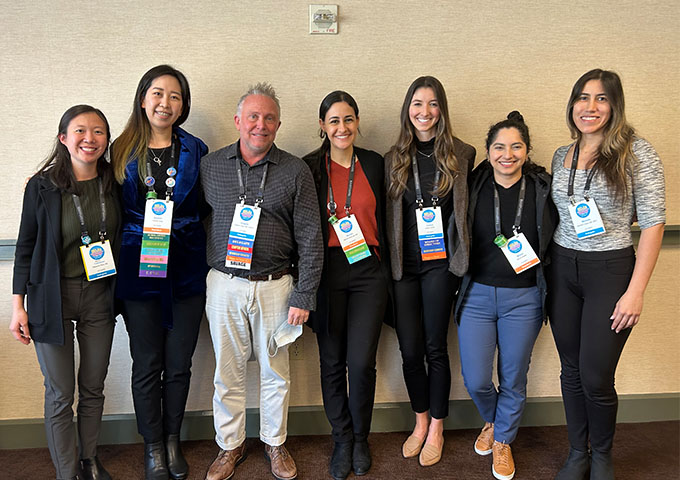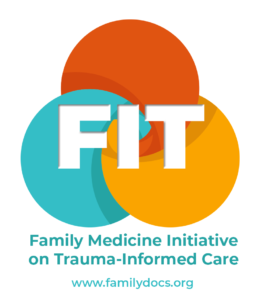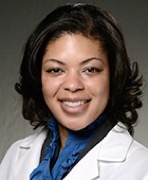 We can effect change…
We can effect change…
According to the CDC, approximately 70% of American adults are overweight or obese, and this number is only increasing. We know the risks associated with being overweight/obese – diabetes, hypertension, heart disease, certain forms of cancers, etc, so this is certainly a public health crisis worth our attention. Now more than ever, patients are looking to the Internet, social media, friends and family for information on how to gain and maintain health. There is a myriad of information out there, some true, most exaggerated, about the best way to lose weight and improve health. From eating clean to intermittent fasting, it can be hard for physicians, let alone the public, to decipher what is useful and will ultimately accomplish the goal of keeping us all healthy. Patients are looking for ways to advocate for themselves and are often not looking to us for guidance on this very important health concern. It seems like every few years, there is either a new fad diet (insert cookie diet here) or a documentary that pops up, touting that it holds the answer to weight loss or health.
Where does one start? The latest dietary guidelines now recommend limiting red meat, added sugars, saturated fats and sodium, avoiding processed foods and emphasizing fruits and vegetables, whole grains, healthy oils. It has long been held that we should aim for at least 150 minutes of moderate physical activity per week. Being able to impart this to patients at different educational levels in a concrete way can be difficult, let alone time-consuming. We also need to share this in a compelling way so that patients are motivated to stick to it, as patients (ourselves included) often want the fastest, quickest, easiest option. After recently attending a number of sessions on health and diet, I have found this saying by Michael Pollan to be the most down-to-earth when it comes to healthy eating “Eat food. Not too much. Mostly plants.” The age-old wisdom of Nike “Just Do It” applies well to physical activity.
This is certainly the ideal and achievable by most, but for some patients how realistic is this? As a full-time family doc with administrative roles and “extracurricular” passions, it can be hard for me to follow this all of the time. How much harder is it for patients who live in less-than-safe neighborhoods on limited budgets working multiple jobs to make ends meet in food desert areas? Beyond the role counselor/educator, we do still have a role to play as advocate. We want to keep the message simple but we certainly don’t want to over-simplify the problem. Thankfully, there are many creative minds actively working to address the complexities of this issue. I certainly appreciate all of my colleagues working in the social determinants domain investigating food insecurity and food deserts, promoting safe communities, education, wellness, healthcare access and the like. Together, we can continue this momentum that is building. Together, we can effect change to ensure health for all.

